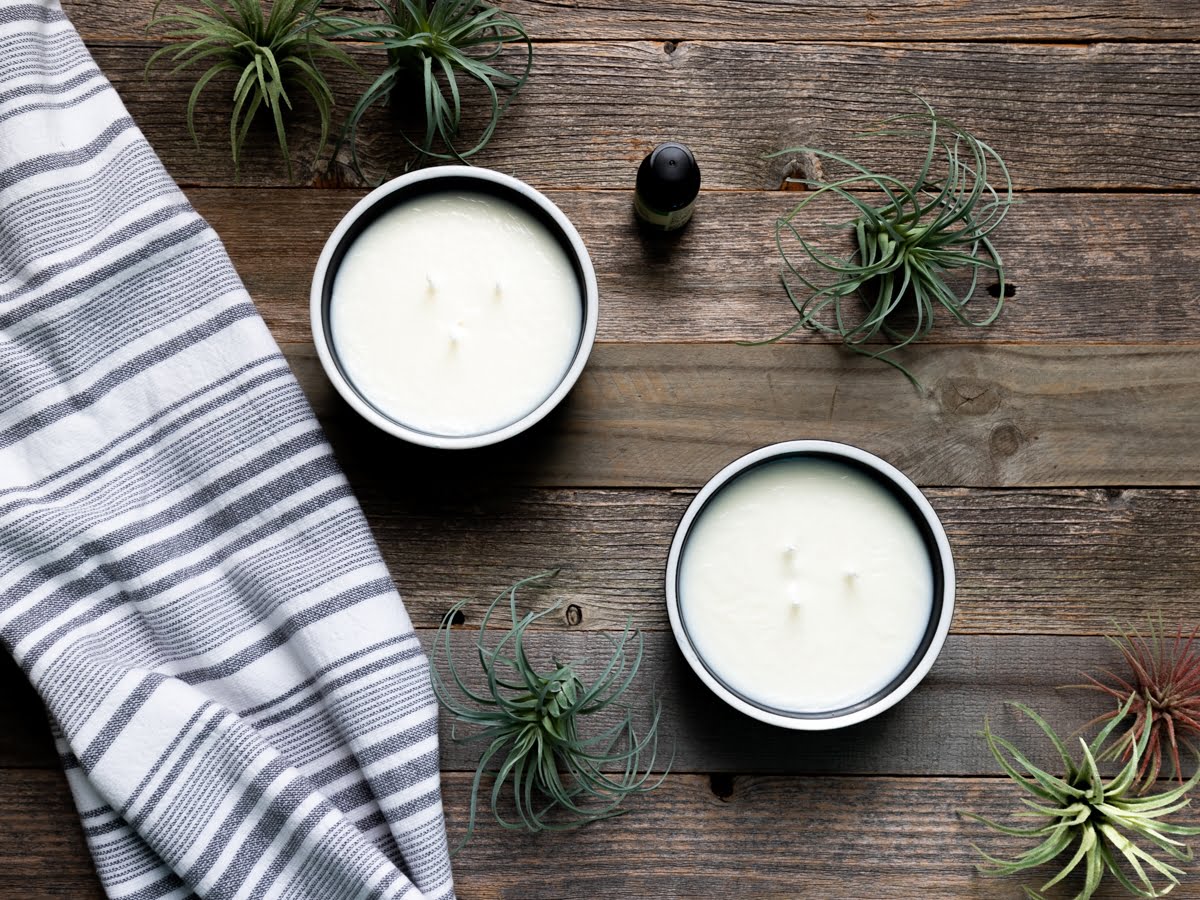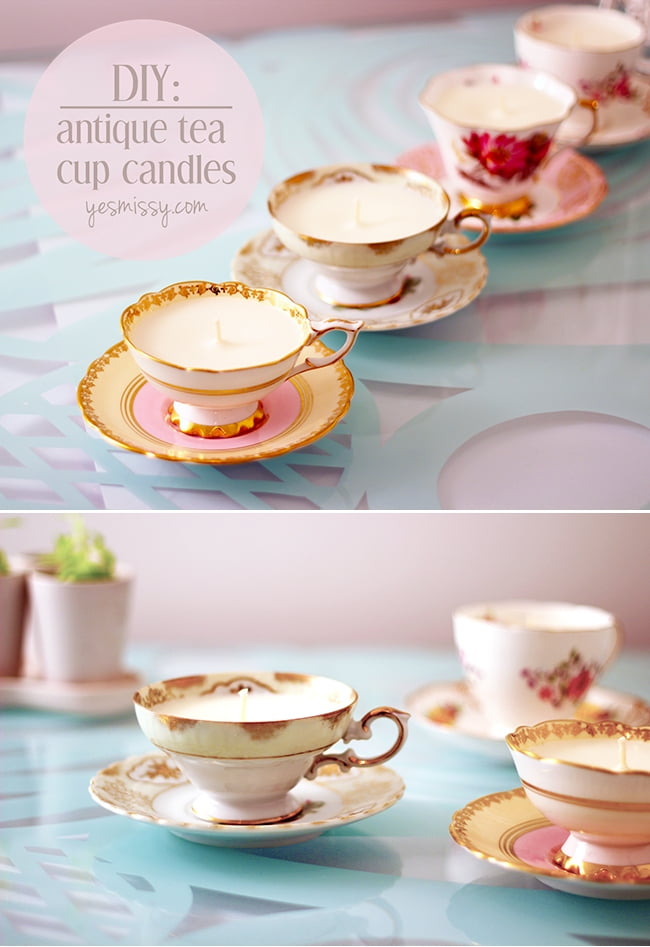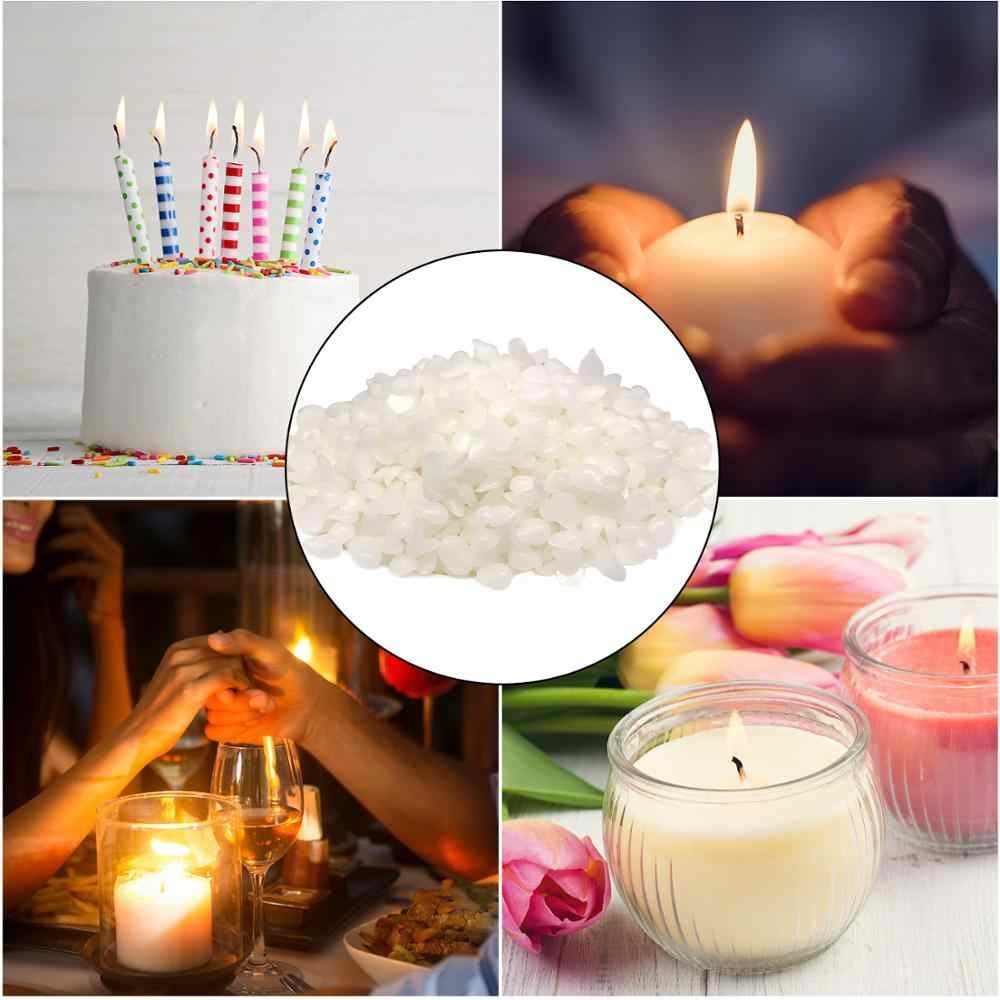Are you looking to up your candle making game? Understanding how to use flat braided wick in candle making is crucial for achieving optimal results. In this article, we will explore the different types of wicks used in candle making and focus on the flat braided wick. We will discuss how to select the right type of flat braided wick for your specific candle project, as well as how to prepare and use it effectively.
When it comes to candle making, the type of wick used can significantly impact the burn quality and overall performance of your candles. Flat braided wicks are a popular choice among candle makers due to their stability and efficient burning characteristics. Whether you are a beginner or experienced in candle making, understanding how to use flat braided wick is essential for creating high-quality candles that burn evenly and cleanly.
In the following sections, we will provide a step-by-step guide on how to use flat braided wick in candle making, along with valuable tips and tricks for achieving optimal results. Additionally, we will address common issues that may arise when using flat braided wicks and offer troubleshooting solutions. Stay tuned as we uncover the advantages of using flat braided wick in candle making and provide final tips for success in your candle projects.
Understanding the Different Types of Wicks for Candle Making
When it comes to candle making, selecting the right wick is crucial for the success of your project. There are various types of wicks available, each with its unique characteristics and uses. One popular option is the flat braided wick, which is ideal for container candles and can provide a consistent and steady flame. Understanding the different types of wicks for candle making will help you choose the best option for your specific project.
Here are some common types of wicks used in candle making:
- Flat Braided Wick: This type of wick is made from multiple strands of fiber that are braided together in a flat shape. It is known for its stability and curling resistance, making it suitable for container candles.
- Cored Wicks: These wicks have a core made from materials such as cotton, paper, or zinc. They are often used in pillar candles and container candles to provide stability and prevent the wick from sagging.
- Wooden Wicks: As the name suggests, these wicks are made from wood and create a crackling sound when burning. They are commonly used in soy wax or beeswax candles.
Selecting the right type of wick will depend on factors such as the size and type of your candle, the type of wax being used, and the desired burn time. When choosing a flat braided wick for your candle project, consider factors such as the diameter of your container, the type of wax you are using, and whether you want a single or multiple-wick candle.
In order to use flat braided wick in candle making effectively, it’s important to prepare the wick before incorporating it into your project. This includes priming the wick to ensure an even burn and proper scent throw in your finished candle. By understanding the different types of wicks available and selecting the right one for your project, you can ensure that your candles burn cleanly and evenly every time.
Selecting the Right Flat Braided Wick for Your Candle Project
When it comes to selecting the right flat braided wick for your candle project, there are a few factors to consider to ensure the best results. The first consideration is the type of wax you will be using for your candles. Different waxes require different wick sizes and types, so it’s important to match the wick with the specific wax you plan to use.
Another important factor in selecting the right flat braided wick is the size and shape of your candle. Taller or wider candles will require a larger wick to ensure proper burning. It’s also essential to consider whether your candle will be scented, as this can impact the burn and may require a different type of wick.
Finally, take into account any colorants or additives you plan to include in your candles, as these can also affect how the candle burns and may necessitate a specific type of wick. By carefully considering these factors, you can select the perfect flat braided wick for your candle project and ensure that your candles burn cleanly and evenly.
| Flat Braided Wick | Recommended Use |
|---|---|
| Flat Braided Cotton Wick | Ideal for soy or beeswax candles |
| Flat Braided Paper Core Wick | Suitable for paraffin wax candles |
| Flat Braided Zinc Core Wick | Great for heavily scented or colored candles |
By choosing the right flat braided wick based on your specific candle-making needs, you can set yourself up for success in creating beautiful and functional handmade candles.
Preparing the Wick for Use in Candle Making
When it comes to using a flat braided wick in candle making, it’s important to properly prepare the wick before incorporating it into your project. Proper preparation ensures that the wick burns evenly and efficiently, resulting in a better quality candle. In this section, we will discuss how to prepare the flat braided wick for use in candle making.
Trimming the Wick
Before you use a flat braided wick in your candle making, it’s crucial to trim the wick to the appropriate length. This not only helps control the size of the flame but also prevents excessive smoking and soot buildup. A general rule of thumb is to trim the wick to about 1/4 inch (6mm) before inserting it into your container or mold.
Priming the Wick
Priming the flat braided wick is another important step in preparing it for use in candle making. Priming involves coating the wick with wax to help promote an even and consistent burn. To prime a flat braided wick, simply dip it into melted wax and then remove it, allowing any excess wax to drip off. This process may need to be repeated several times until the entire length of the wick is coated with wax.
Securing the Wick
Once you have trimmed and primed your flat braided wick, it’s time to secure it in place within your candle container or mold. There are various methods for accomplishing this, such as using a wick sticker or adhesive tabs designed specifically for candle making. Alternatively, you can use hot glue or other adhesives suitable for securing a wick in place.
By properly preparing your flat braided wick before using it in candle making, you can ensure that your candles burn cleanly and evenly while maximizing their overall quality and performance. Understanding these essential steps will help you achieve optimal results when incorporating a flat braided wick into your candle projects.
Step-by-Step Guide on How to Use Flat Braided Wick in Candle Making
Measure and Cut the Wick
The first step in using flat braided wick in candle making is to measure and cut the wick to the desired length. It is important to take into consideration the size of the container or mold that you will be using for your candle. The length of the wick should be about 2 inches longer than the container or mold to allow for knotting at the base and trimming at the top.
Prime the Wick
Before using the flat braided wick, it is essential to prime it to ensure proper burning. To prime the wick, you can dip it in melted wax and then let it cool and harden. This process helps to stiffen the wick, making it easier to handle and improving its ability to absorb and burn wax evenly.
Secure the Wick in Place
Once the wick is cut and primed, it’s time to secure it in place within the candle container or mold. This can be done by dipping one end of the wick into melted wax and then quickly pressing it onto the bottom center of the container or mold. Alternatively, you can use a specialized adhesive tab specifically designed for securing wicks in candles.
By following these steps, you can effectively utilize flat braided wick in your candle making process, ensuring a well-burning and long-lasting final product.
Tips and Tricks for Using Flat Braided Wick for Optimal Results
Flat braided wicks are a popular choice for candle making due to their stability and clean burn. When using flat braided wick in candle making, there are several tips and tricks that can help you achieve optimal results.
Firstly, it is important to ensure that you are using the correct size of wick for your candle project. The size of the wick will depend on the diameter of the candle you are making. Using a wick that is too small will result in an inefficient burn, while using a wick that is too large may cause smoking and soot buildup.
In addition, when preparing the wick for use in candle making, it is recommended to prime the wick before placing it in the wax. Priming the wick involves dipping it into melted wax to ensure that it burns evenly and consistently once used in the candle.
Another tip for using flat braided wick in candle making is to trim the wick to an appropriate length before each use. Keeping the wick trimmed to around 1/4 inch will help prevent mushrooming and soot formation during burning.
Overall, when using flat braided wicks in candle making, paying attention to these tips and tricks can help you achieve optimal results and create high-quality, clean-burning candles.
| Tips for Using Flat Braided Wick | Benefits |
|---|---|
| Use correct size for diameter of candle | Ensures efficient burn |
| Prime the wick before use | Ensures even and consistent burning |
| Trim the wick before each use | Prevents mushrooming and soot formation |
Troubleshooting Common Issues When Using Flat Braided Wick in Candle Making
Flat braided wicks are a popular choice for candle making, but like any other materials, they can present some challenges during the process. Here are some common issues that may arise when using flat braided wick in candle making and how to troubleshoot them:
1. Curling or Mushrooming: Flat braided wicks may curl or mushroom at the tip when burning, causing an uneven flame and excess soot. To prevent this, make sure to trim the wick to the recommended length before lighting the candle. Additionally, selecting the right size of flat braided wick for your candle’s diameter is crucial in preventing curling and mushrooming.
2. Tunneling: Tunneling occurs when the wax around the wick doesn’t melt evenly, leaving a hole in the center of the candle. To avoid this issue, ensure that you use the appropriate size of flat braided wick for your chosen wax type and container size. You can also try using a larger wick or adjusting the fragrance load in your candles to promote even melting.
3. Sooting: If you notice excessive black soot on your container or around the flame while burning a candle with a flat braided wick, it could be due to using a wick that is too large for your container. This results in incomplete combustion of the wax, leading to soot production. Try using a smaller size of flat braided wick or consider switching to a different type of wick for better results.
Remember that troubleshooting these common issues may require some experimentation and adjustments to find the perfect balance for your specific candle making project. By understanding these potential problems and implementing the necessary solutions, you can create high-quality candles using flat braided wicks with ease.
Conclusion
In conclusion, using flat braided wick in candle making offers several advantages. These types of wicks are known for their stability and ability to produce a consistent and even burn, making them ideal for various candle projects. Their structure also helps prevent mushrooming and soot formation, resulting in a cleaner and more efficient burn for your candles.
When selecting the right flat braided wick for your candle project, it’s important to consider factors such as the type of wax being used, the diameter of the container, and the desired burn time. By understanding these considerations, you can ensure that you choose the most suitable wick for your specific needs.
To prepare the wick for use in candle making, it’s important to prime it by either soaking it in liquid wax or using a pre-tabbed option. This step helps enhance the performance of the wick and promotes an even burn. Once prepared, following a step-by-step guide on how to use flat braided wick in candle making will help you create high-quality candles with consistent burning characteristics.
In addition to these steps, incorporating tips and tricks for using flat braided wick in candle making will further enhance your results. This includes techniques such as properly trimming the wick and ensuring it is centered in the candle.
By troubleshooting common issues that may arise during the candle-making process, such as poor burning or tunneling, you can overcome challenges and achieve optimal results with your flat braided wicks. Overall, by utilizing flat braided wicks effectively in your candle-making endeavors, you can produce high-quality candles with reliable burning performance.
Frequently Asked Questions
What Is the Difference Between Flat Braid and Square Braid Wicks?
The main difference between flat braid and square braid wicks lies in their shape and construction. Flat wicks are, as the name suggests, flat in shape and are typically used in container candles. On the other hand, square braid wicks have a more squared-off shape and are often found in pillar candles.
What Are Flat Wicks?
Flat wicks are commonly used in container candles due to their ability to curl and bend as the wax melts. This helps to reduce carbon buildup and mushrooming at the tip of the wick. Flat wicks also provide a consistent and steady burn, making them a popular choice for many candle makers.
How Do You Braid a Candle Wick?
Braiding a candle wick involves intertwining three strands of cotton or linen yarn together. The process begins by securing the top of the strands with a knot, then braiding them tightly and evenly to create a sturdy wick.
Once braided, the bottom end is secured with another knot, creating a finished candle wick ready for dipping in wax or adding to a candle container.

Welcome to my candle making blog! In this blog, I will be sharing my tips and tricks for making candles. I will also be sharing some of my favorite recipes.





